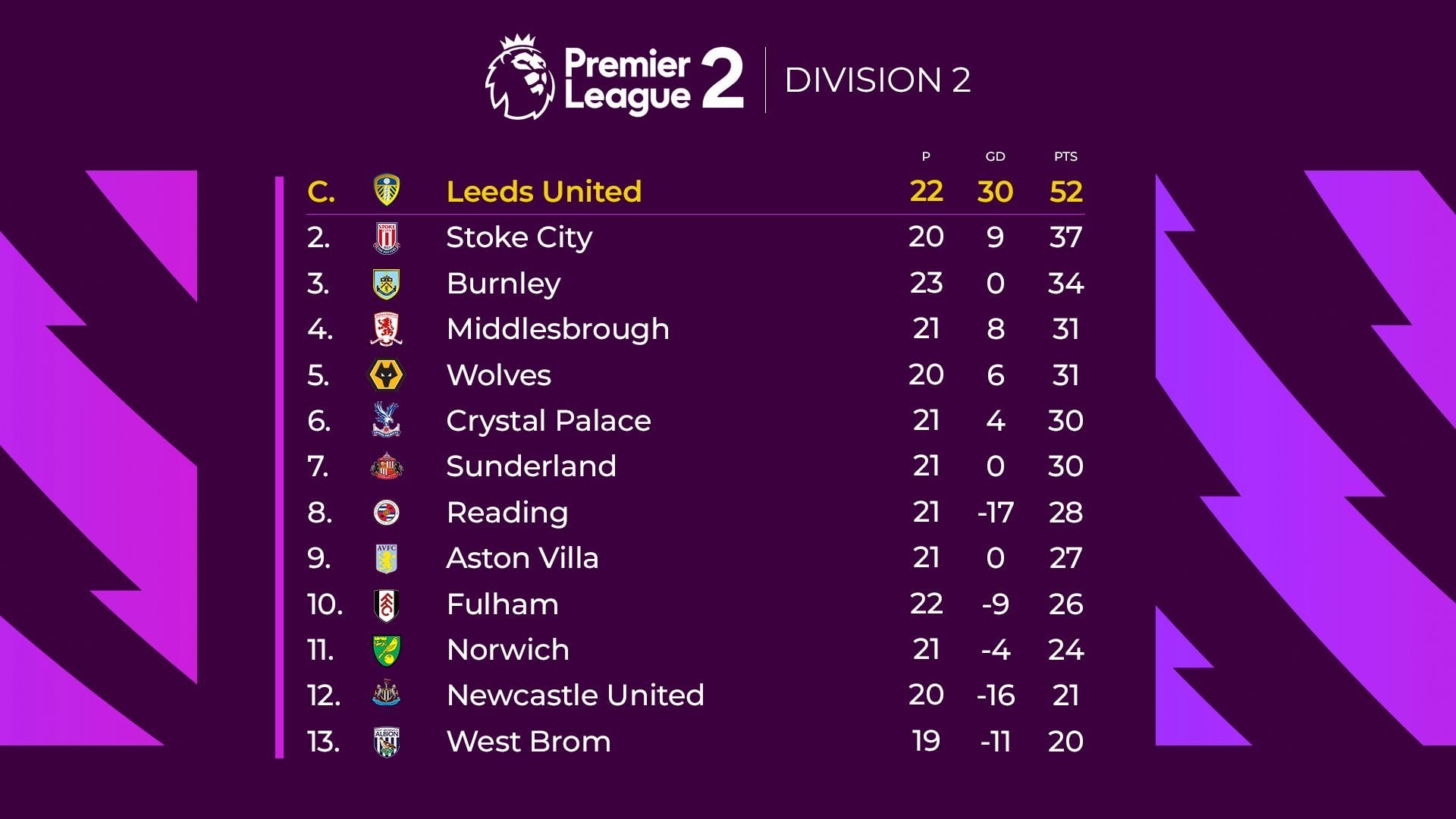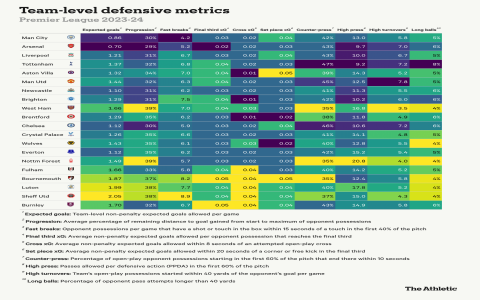Honestly? I got into this Premier League 2 thing kinda by accident. Saw it mentioned on Twitter while arguing about whether my main team needed to buy another defender, and honestly, it looked like total chaos compared to the main table. Had no clue why some U23 teams were doing well and others weren’t, even if their senior squads were flying. Figured it’d mess up my FIFA save files too.
Just Started Clicking Around
Opened the Premier League website one bored Tuesday morning. Coffee was weak, couldn’t be bothered with work emails yet. Went straight to the “Academies” section, scrolled past the feel-good stories about kids getting their debuts. Found this “Premier League 2” tab tucked away like an afterthought, near the bottom. Clicked it. Saw the usual clubs – Arsenal, Chelsea, Liverpool – but the order? All wrong. United near the bottom? Manchester City not dominating? Didn’t make sense.

Tried finding simple explanations right there on the PL site. Big mistake. Pages were full of phrases like:
- “Fixture scheduling prioritisation”
- “Player development pathways”
- “Regulatory framework compliance”
Translated that: useless corporate nonsense. Felt like hitting a brick wall. Closed the laptop, annoyed.
Dug Deeper Over Lunch
Came back during my sandwich break. Opened like seven tabs:
- Official PL site again
- A fan forum I sometimes lurk on
- A stats site I use for betting (shhh)
- Twitter search for “#PL2”
Started connecting dots. Read forum rants from actual academy supporters. Saw patterns:
- Liverpool U23 kept losing key players mid-season because Klopp needed emergency cover for injuries. Their table position tanked every time.
- Arsenal’s kids played way more away games clustered together, wrecking their form.
- Some teams used it purely for fitness – chucking in senior players coming back from injury, messing up the flow for the actual youngsters.
Lightbulb moment: This wasn’t a pure talent league at all. It was this messy intersection of senior team needs, fixture quirks, and actual player development. The “standings” didn’t tell you who had the best kids – they told you whose senior squad was least disruptive.
Why Bothered Putting This Together?
Realised it matters for more than just FIFA. Think Fantasy Football – you spot a cheap midfielder popping off in PL2, reckon he might get minutes for the first team soon? This table (plus how it got that way) gives clues. See a top U23 player stuck in a team whose manager never promotes youth? Avoid. See a kid consistently performing for an U23 side that’s stable? Potential goldmine.
Also… transfers. If you know why a team’s U23 side is bottom (senior team keeps gutting it for squad players), maybe that hidden gem striker might want a move. Good scouting is about context, not just goals scored. This messed-up table provides exactly that messy context.
Finally wrote it down this morning. Had to untangle the chaos myself. Now I check PL2 standings every week – not to see who’s “winning”, but to see which senior managers are treating their kids like spare parts. Tells you more about their squad planning than any press conference ever will.

